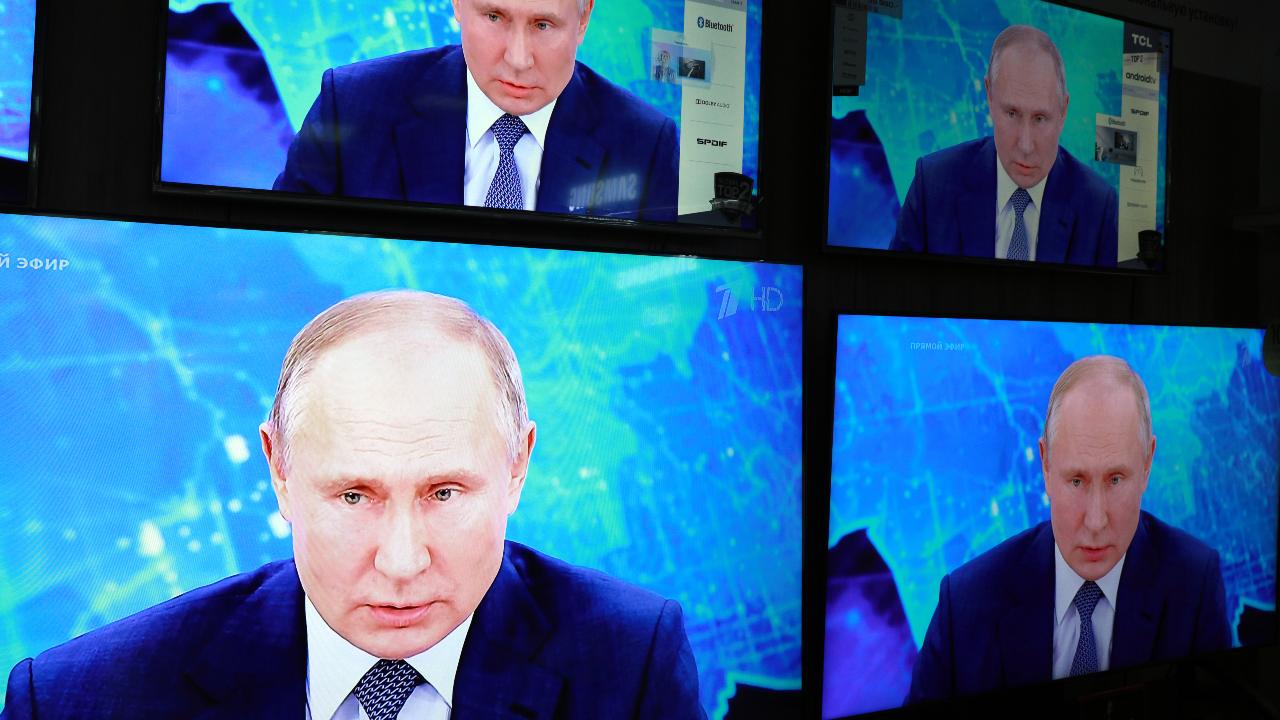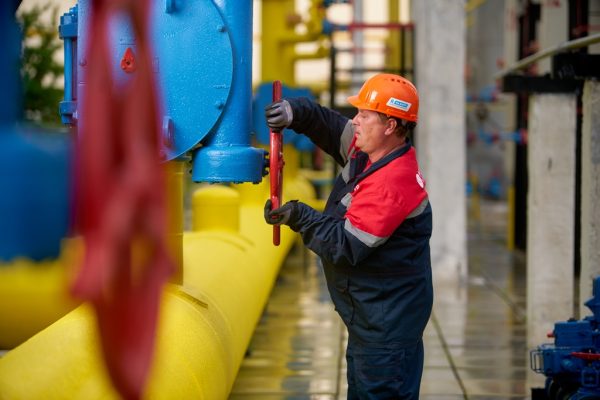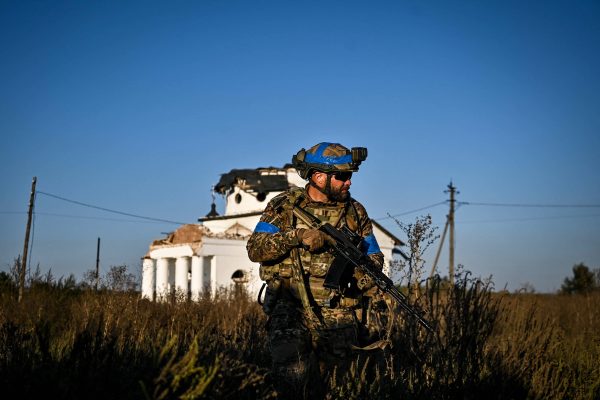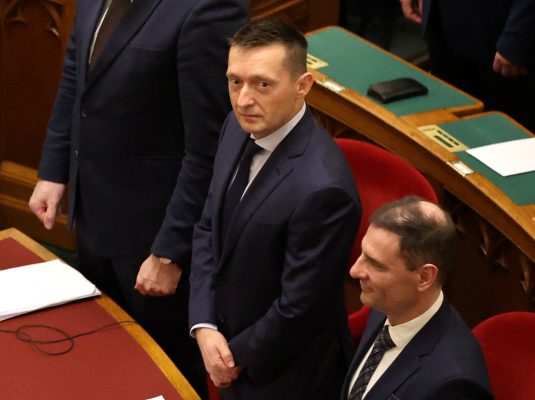Vladimir Putin is behaving like a gambler on a winning streak. His forces are advancing in Eastern Ukraine, and Kyiv’s military commanders openly accept they’re in trouble. Meanwhile, the Kremlin’s unofficial spokesmen are demanding humiliating sacrifices from Ukraine and the West for any peace agreement.
What is going on and what needs to be done?
Moscow is on offense. Attacks on all fronts, constant aerial terror with hundreds of drones and missiles, and threatening gestures with medium-range missiles serve the psychological goal of pressing Ukraine to surrender and submit.
Putin is trying to appear stronger than he really is, and with a strategic purpose. He is increasing the war’s intensity as the US approaches the transition of presidential power. In doing so, he hopes to improve his starting position vis-à-vis the incoming Trump administration while signaling to Ukraine’s partners that further aid is pointless.
These political imperatives come at a high price for Russian servicemen and their equipment — Ukraine’s government recently said it was inflicting almost 2,000 casualties daily. Russia will not be able to keep this pace up. After a few weeks, it will be forced to lower its campaign intensity.
Russian units, including powerful formations transferred from the front lines in Ukraine, are also pushing back Ukrainian forces in the Kursk region. Even so, with a shortened front line and good supply routes, Ukraine can continue to control important junctions and wear down Russian forces there (and sometimes, to hit back).
In the northeast of the front, Russia advanced to the Oskil River and pushed parts of the Ukrainian bridgehead onto the east bank. From the north, Russia has made initial advances into the city of Kupiansk.
The Ukrainian positions on the east bank of the Oskil will likely fall soon and Kupiansk will come under further pressure. Large parts of the successful Ukrainian offensive of 2022 will thus be reversed.
After several months of fighting, Russia has not yet been able to establish itself in Chasiv Yar; the same applies to Toretsk further south. However, Russia is deploying weaker forces in Kupiansk, Chasiv Yar and Toretsk.
Russia’s focus is on southern Donbas. After capturing Vuhledar, it is putting pressure on Kurakhove, which should be considered lost for Ukraine. At the same time, Russian forces turned west to attack in the direction of Velyka Novosilka.
East of Velyka Novosilka, Russia achieved a broader breakthrough but was unable to exploit it for larger territorial gains due to a lack of reserves (while Russian units have demonstrated an ability to grind forward, they have shown no ability to accelerate when opportunities arise).
The situation in southern Donbas is nonetheless bad for Ukraine. Through Kurakhove and Velyka Novosilka, Russia is creating conditions for both further pressure on Pokrovsk and a push deeper into the Zaporizhzhia region.
Russian operations are to be understood as parts of a patient, systematic and long-term plan to gradually conquer or destroy Ukraine, starting from the southeast. If Putin is not stopped, he will continue, albeit at a lower intensity than currently.
In addition to the fighting at the front, Russia is terrorizing the people of Kyiv and other major cities in Ukraine with nightly drone attacks, often with hundreds of Shahed drones. Suffering from the psychological impact of terror, sleep deprivation, depression and a lack of strength, Russia is grinding Ukrainians down in the hope of mental surrender.
Using rockets and cruise missiles, Russian air strikes continue to damage electricity, water, and heating infrastructure. Odesa has been particularly affected with exceptionally long power outages in recent weeks.
Russia’s provocative use of the Orezhnik missile and its further threats of using medium-range missiles concurrently serve Putin’s continuing obsession with missiles, while seeking to influence political debate in other countries by spreading fear.
His war aim of full political control over Kyiv and Ukraine remains unchanged.
Ukraine needs investment and financing for its production of drones, missiles, howitzers, vehicles, and ammunition. Ukraine’s partners should spend 25% of their military aid directly in Ukraine, where their money produces more bang for the buck. This approach was begun by Denmark and is now followed by others.
European financial institutions need to step up further and recognize that investments in security can fit with goals like environmental, social and governance (ESG) criteria.
Ukraine needs military maintenance and repair closer to the front line, opportunities for licensed production of spare parts, and on-site support from experts.
Supporting Ukraine with trainers inside the country itself, logistical support in the hinterland, and personnel for the ground infrastructure for F-16s and, in the future, Mirage 2000s, makes sense and should be tackled without slipping into hysterical “ground troops” debates.
Ukraine’s European partners need to send Putin a message: Europe is substantially raising its near- and long-term commitments, providing financial resources, and investing significantly in its defense production capabilities.
Decision-makers should not be tempted to assume that the war will soon be over. Russia plans for the long term and will continue military attacks in parallel with negotiations if necessary. The Europeans should counter by building up their own strength.
The Ukrainian people need European support and action, especially during the US transition from the Biden to the Trump administrations.
Putin rules Russia with fear. He wants the same for Ukraine, Georgia, Moldova, and all of Europe. Against Putin’s psychologically driven warfare, we need a sober fearlessness, investment, and steadfast leadership.
Nico Lange is a Non-resident Senior Fellow with the Transatlantic Defense and Security Program at the Center for European Policy Analysis (CEPA). He is also a Senior Fellow at the Munich Security Conference in Berlin and Munich and teaches military history at the University of Potsdam. Lange served as Chief of Staff at the German Ministry of Defense from 2019-2022.
Europe’s Edge is CEPA’s online journal covering critical topics on the foreign policy docket across Europe and North America. All opinions are those of the author and do not necessarily represent the position or views of the institutions they represent or the Center for European Policy Analysis.

CEPA at 20
Celebrating 20 Years of Leadership in Action




